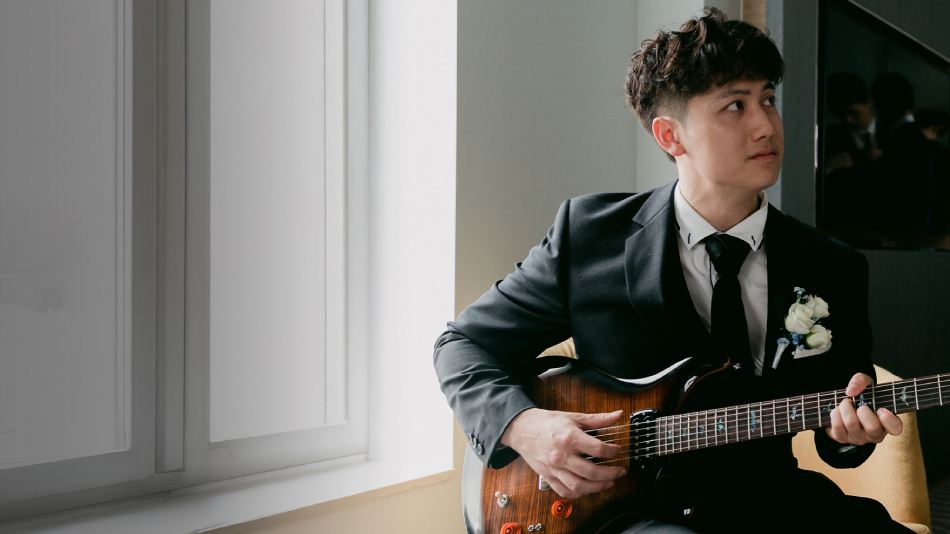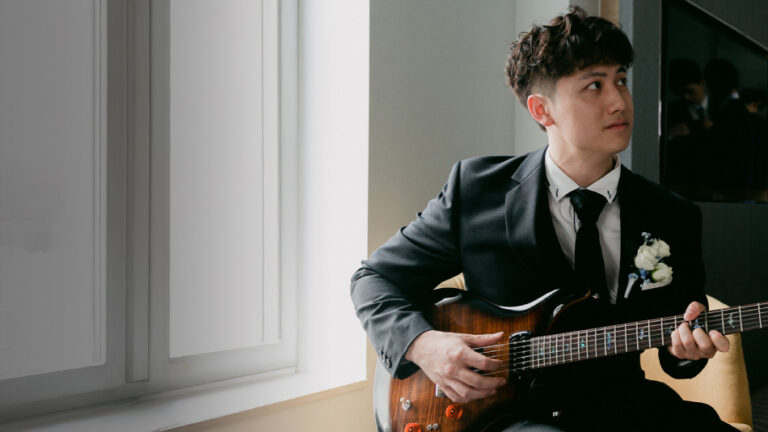Residing in Perth, Western Australia, Andy Quan is a guitarist and content creator focussing on educating his audience by breaking down some of music’s most iconic grooves and riffs. Andy has amassed an impressive 130K followers on his Instagram thanks to his Reels that not only showcase his chops but provide the chords and notation to help share his knowledge with his community.
Can you tell us more about how you got started with music and when you decided to start creating content and sharing it with the world?
I am honored to be featured here, so thank you kindly.
My journey began at age 11 when I first picked up bass guitar. I felt an instant connection and found myself practicing religiously to become the next Flea. My progress was accelerated by the use of Guitar Pro – a program on the family computer that displayed interactive guitar tablature you could play along in real time. Although I loved putting hours into learning Red Hot Chili Peppers bass lines, the best thing about Guitar Pro was that you could edit and hence create anything you wanted. This was very exciting.
As a quiet kid, I felt I had finally found my voice. I started experimenting and writing my own bass lines, guitar riffs and even drum patterns. I found a lot of joy in creating ‘music’ and will never forget how excited I was to show my friends. If you spend enough time exploring the depths of SoundCloud, you will find my earliest works dating back to 2013. Although very questionable in quality, these quirky tracks were something 15-year-old me was incredibly proud to share. Eventually, I upgraded from Guitar Pro to actual music production software and thankfully learned through trial and error how to make music that was more palatable.
In 2019 I took music more seriously, focusing the next four years on building my identity as a lo-fi hip-hop music producer. During this time, I also started teaching myself electric guitar, which really complimented the chill, ‘study-aesthetic’ vibe of music I was releasing. Although I found decent success in the lo-fi scene, I found it equally enjoyable to simply post snippets of me playing guitar, planting my seed as a content creator.
When did you realise there was an appetite for this type of educational guitar content and who were some of the artists and creators you’ve learnt from throughout your musical journey?
In late 2022 while scrolling on Instagram, I found a beautiful bossa nova riff played by a talented guitarist named Dom Lawrence. What set him apart was that the video was edited to include simple charts showing the fretting position of each chord. This made it very easy for viewers to learn the names, shapes and sounds of different chords within the progression. It was in these types of videos that I saw a huge number of views, likes and saves; and therefore, a growing niche. At the time I was also studying to become a high school teacher, so this video format had my interest. From there, I knew I was destined to teach.
Over time I’ve learned from many guitarists, most of whom are much more skilled and knowledgeable than me. Alongside Dom (@domlawrence), on Instagram alone I encourage you to watch Sam Firth (@samfirthguitar), Alan Iarussi (@alaniarussi), William Vinci (@william_vinci_) and Eric Assarsson (@eric_assarsson).
While your educational reels can breakdown a riff in a matter of seconds, how long does it take you to master these songs and create a video on average?
Perfecting and copying a song’s riff to its true original style takes around half an hour, but it’s much faster if I put my usual spin on it. However, most of my time actually goes into the production side, which can get lengthy. From start to finish the process can take a few hours, which involves setting up the camera and lights, recording a good take, editing the audio and video, and then finally publishing or scheduling the final product. Luckily, I’ve developed systems to work faster, such as recording and editing in bulk.
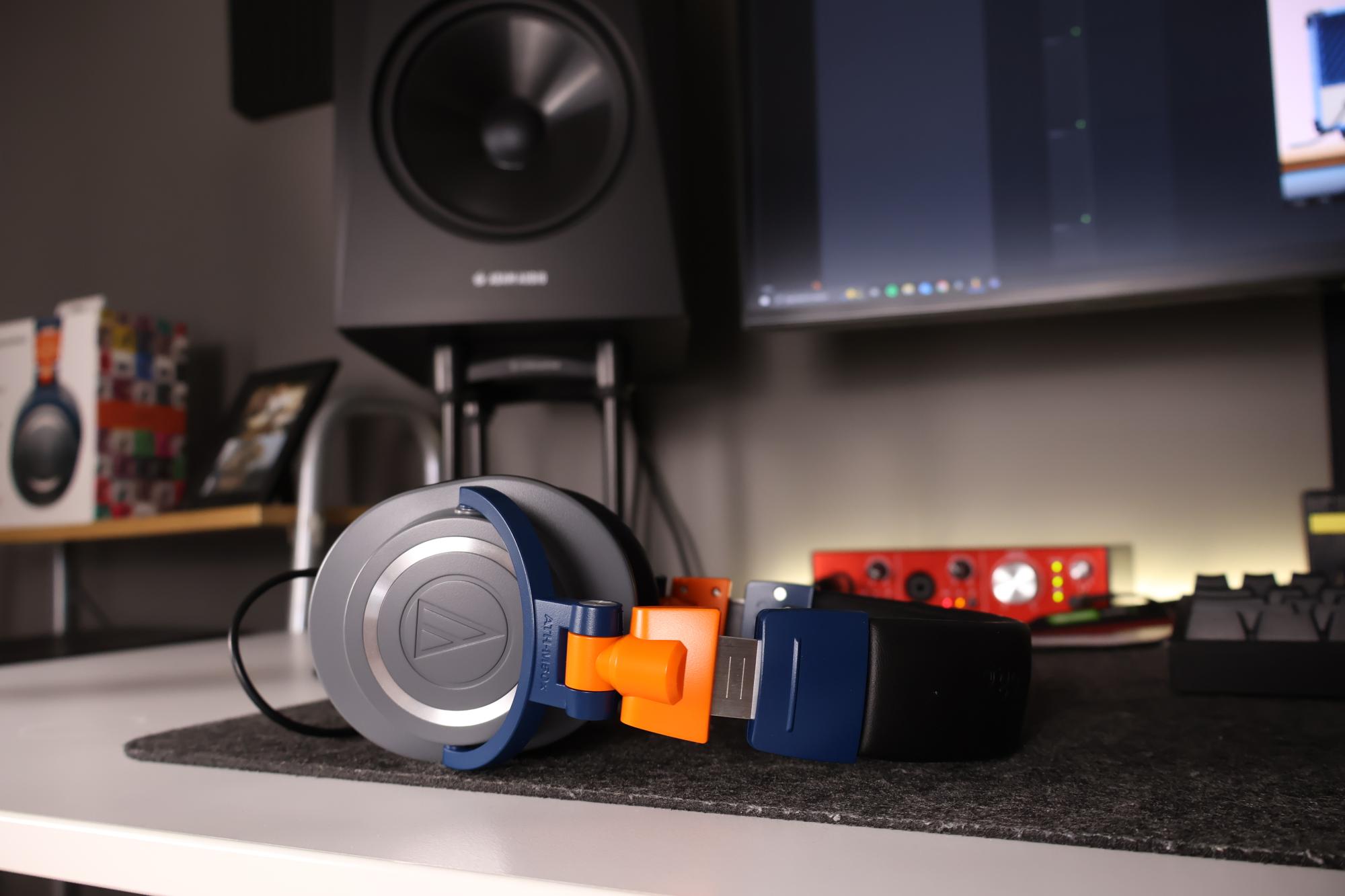
We have noticed your ATH-M40X’s have been a mainstay in your studio and videos, why did you choose Audio-Technica and what have been some of the benefits in using headphones vs using monitors?
I chose Audio Technica firstly because of audio and build quality. The ATH-M40x have outstanding clarity and precision due to their flat frequency response. A flat frequency response refers to the quality of the audio being balanced – not too much bass, mid, nor treble – and hence sounding ‘honest’ to the ears. This is very important when producing music or dialing guitar tones, because an honest reproduction of the audio will translate well across common listening systems such as cars, earphones, wireless speakers and phone speakers. After 8 years of heavy use, these headphones still thrive and remain an essential component of my studio.
Secondly, the ATH-M40x were a bargain and still are. I was able to afford them back when I was just a broke university student! Yet despite their low price, these headphones sound much clearer and more accurate than many of their competitors, including more expensive ones.
Overall, compared to monitors I feel that headphones are more reliable and consistent. This is because headphones sound the same regardless of the listening environment, whether in the studio or in the living room. In comparison, monitor audio is not as consistent, because it will change depending on factors such as room dimensions, physical positioning, listening distances and extent of acoustic treatment. Headphones also allow you to make noise when you don’t want to disturb others, and this is essential as I’m the only night owl in the household.
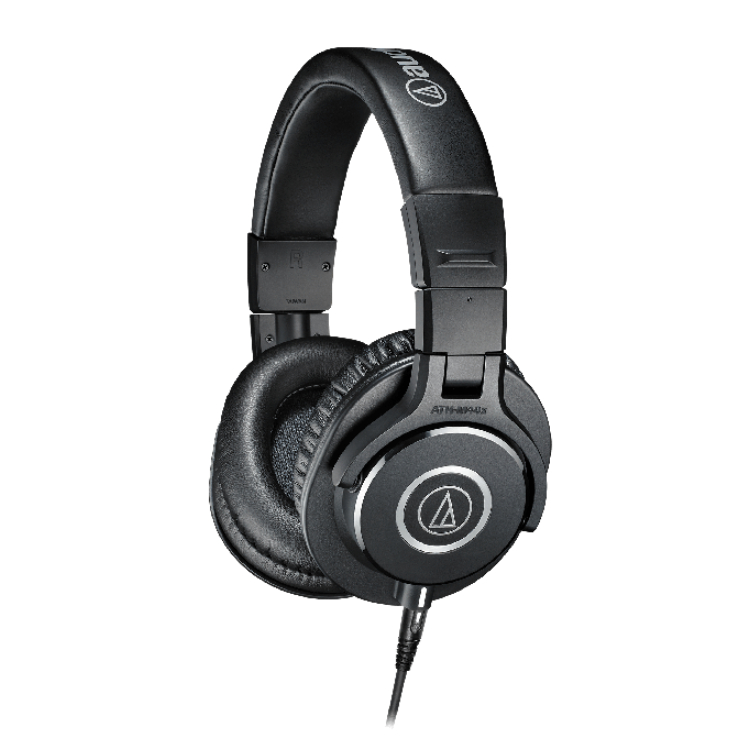
You have quite a modest home studio and guitar collection yet you’re able to produce epic tones that are true to the music you’re teaching; how do you achieve such great results?
I appreciate the kind words. Surprisingly, my process for creating tones is very straightforward. I start by plugging my guitar into an audio interface which is connected to my computer. From there, everything is digital. I dial my guitar tones using amp simulation software created by a company called Neural DSP. I specifically enjoy using Archetype: Mateus Asato, and Archetype: Cory Wong – both of which contain a wide range of virtual amps, pedals and effects that mimic the style of those two artists. By experimenting with these parameters, it’s possible to achieve any guitar tone from clean funk to heavy distortion.
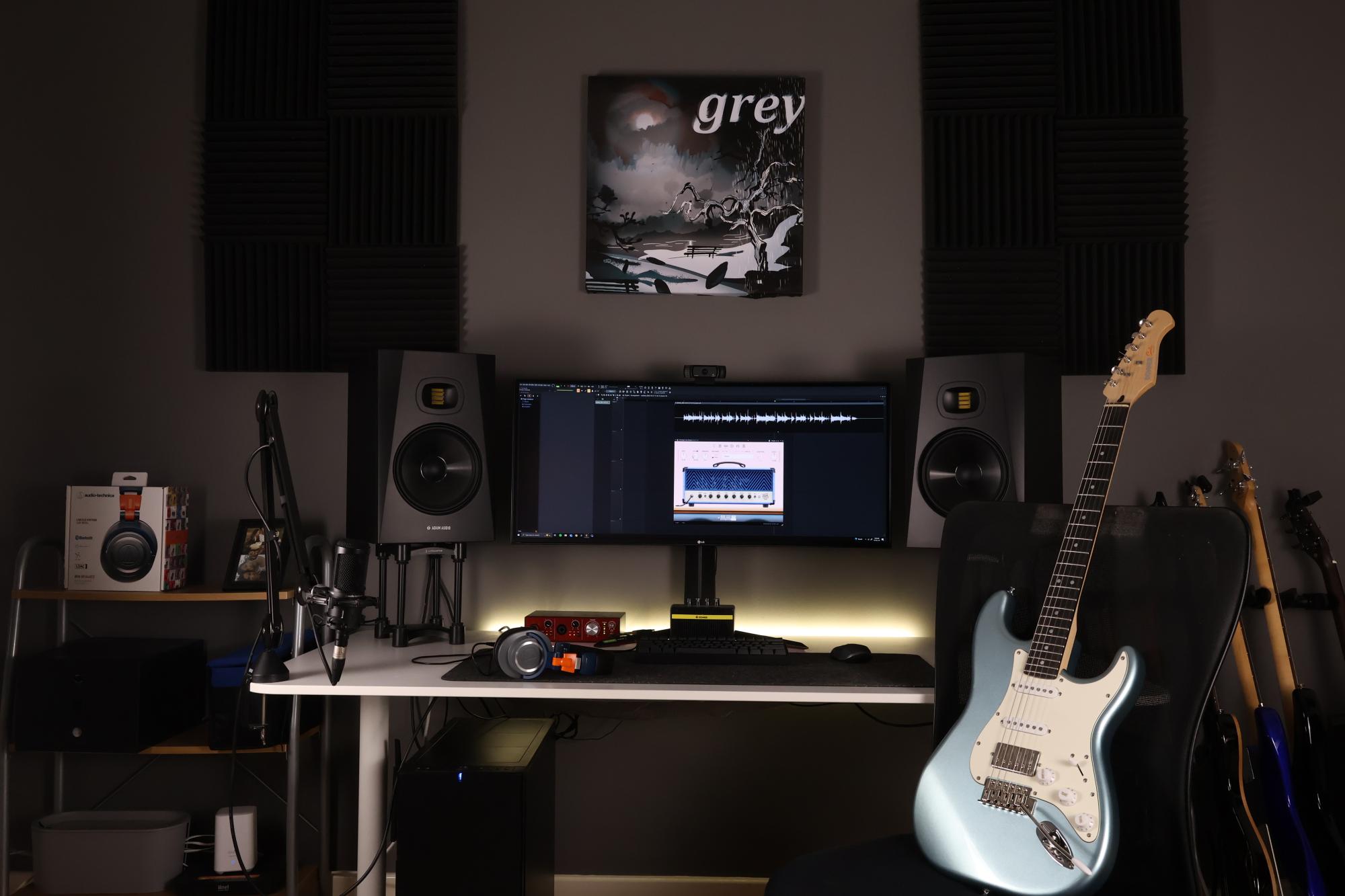
You have mentioned that your perfect pitch has had its downsides, ruining some of your favourite songs. So, is there a song that you particularly enjoy because of your perfect pitch?
Perfect pitch is a privilege, though for me it has affected my confidence to sing. I love singing, but it’s a skill I’ve always struggled to progress. Having perfect pitch is a permanent reminder that I’m unable to reach the notes I want to. It also makes it easy for me to be very critical of my own vocal recordings. As a result, I generally find more enjoyment listening to instrumental music as opposed to songs with lyrics. Without lyrics, my brain is able to relax more and take a step from its tendency to analyse whatever my ears hear.
What are you up to now? What can we look forward to seeing or hearing from you in the near future?
My wife and I are currently surviving being first-time parents, so life has been extra busy over the last 6 months. Fortunately, I’ve recently been spending more time at home, so where possible I’m always trying to sneak in recording, editing and posting sessions in order to keep up with social media. Currently, you can expect more of the usual: chord videos, tab videos, and playthroughs of both popular songs and original riffs.
Behind the scenes I’ve also been working hard to chase my dream of making music into a full-time career. In the future, I hope to build a large like-minded community of people passionate about music and learning guitar. It would be awesome to see you there!
Thanks for reading about me.
Follow Andy
Website – https://www.andyquanmusic.com/
